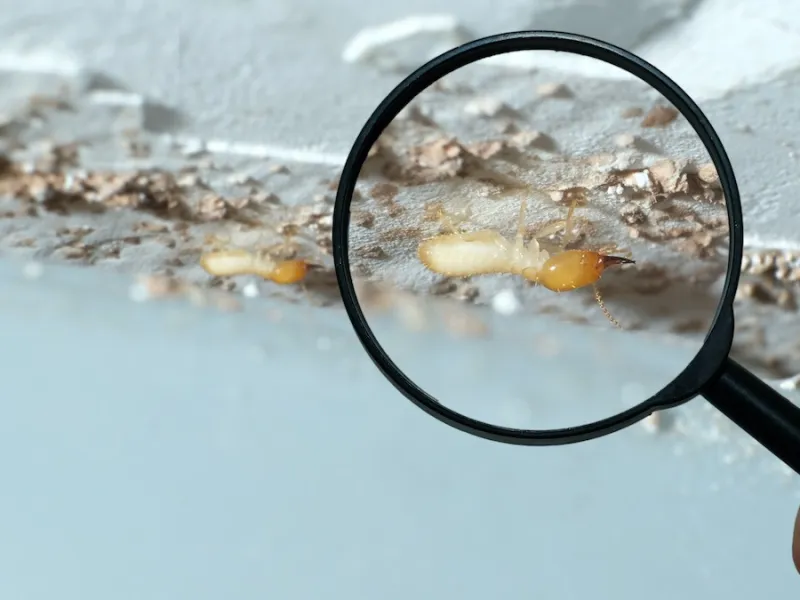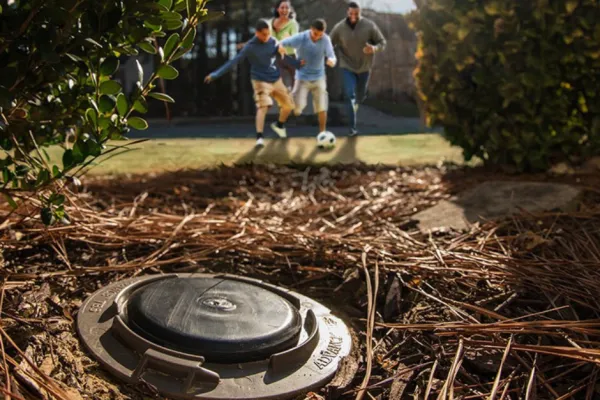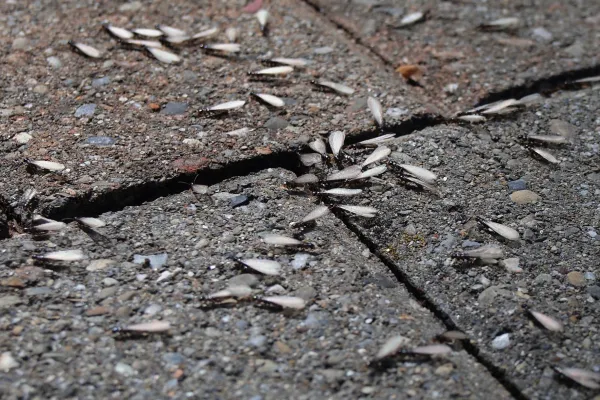How to Identify a Termite


Termites can be some of the most damaging pests to your home. Without regular inspections, a termite infestation can go unchecked for years, resulting in long-term and expensive repairs. It may be beneficial for you to educate yourself on termite identification and pest management so that the next flying ant you see won’t send you into a frenzy.Flying ants and termites are two very different problems! Here are some tips our experts at Palmetto Exterminators have compiled to help you identify a termite.
What Do Termites Look Like?
Termites are a social insect and have colonies with a caste system that includes Workers, Soldiers, and Swarmers. Workers have all-white bodies and do all of the damage, as they feed on the wood in and around your home. Soldiers, like the one in the photo above, have white bodies with bigger, darker heads and large mandibles – the jaw-like appendages near the mouth. Swarmers are produced every spring and have white wings twice the length of their bodies, which are black or brown in appearance depending on the species.
After they fly and land, the swarmers will shed their wings, often around doors and windows, so you may only find the bodies after the swarm season. Ants can never be white, so if you see a cream-colored “ant”, beware! You most likely have found a termite. The waist of a termite is also thicker than an ant’s, which will have a pinched appearance between the abdomen and thorax which is the section that holds the head, legs, and wings.
How Do I Prevent Them?
To reduce the odds of a termite infestation, concrete foundations for your home work best. During the construction of your home, make sure to also provide plenty of space between the ground and untreated wood. Any exposed untreated wood surfaces should be covered with a protective barrier, such as siding or flashing, as soon as possible.
After construction, the foundation around your home should be kept dry with proper drainage systems including gutters. Good maintenance is critical to reducing any above-ground moisture sources that could cause rotting. Any leaks in your home should be addressed quickly; termites are attracted to moist, damp areas. Be sure to check for overgrown trees or shrubbery that may get too close to your house, providing at least one foot of clear space. Do not store wooden debris near your home, like construction materials or firewood.
How Can I Tell if I Have Them?
If you suspect termites may already be in your home, look out for these signs. Check on exposed wood for any hollowed out or soft spots, using a screwdriver or similar tool to probe the wood. You can sometimes hear termites’ heads hitting together if you press your ear against the wood. It will be a quiet, clicking sound. You can also check for shelter tubes, dead swarmers, or shed wings lying around your home. Some species, like the drywood termites, push their fecal pellets out of their nesting area, so you may see small black or brown pellets near infested areas. Unfortunately, most people do not know they have termites until they see swarms.
 termite pest management
termite pest management
What Should I Do About Them?
So, you’ve discovered termites in your home, now what? You can try a number of chemical treatments or barrier treatments yourself, but, if done incorrectly, you will not get the results you need. In fact, the infestation can grow, causing more hidden damage. If termites are not treated properly, they can cause expensive, catastrophic damage that could cost you your home. With such high stakes, termite control should not be a DIY project for a homeowner.
Instead, look to a professional for the most effective termite control program. At Palmetto Exterminators, we’ve provided superior service against termites for over 58 years. We are also the leading Formosan Termite Control experts in the industry. Contact Palmetto Exterminators today if you have any questions regarding our termite protection services, and we’ll be happy to help!


